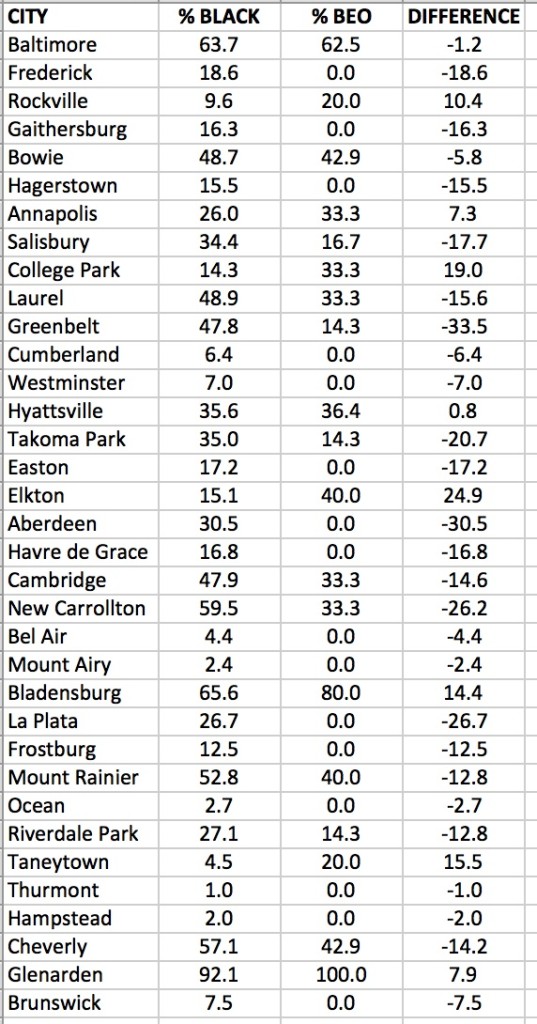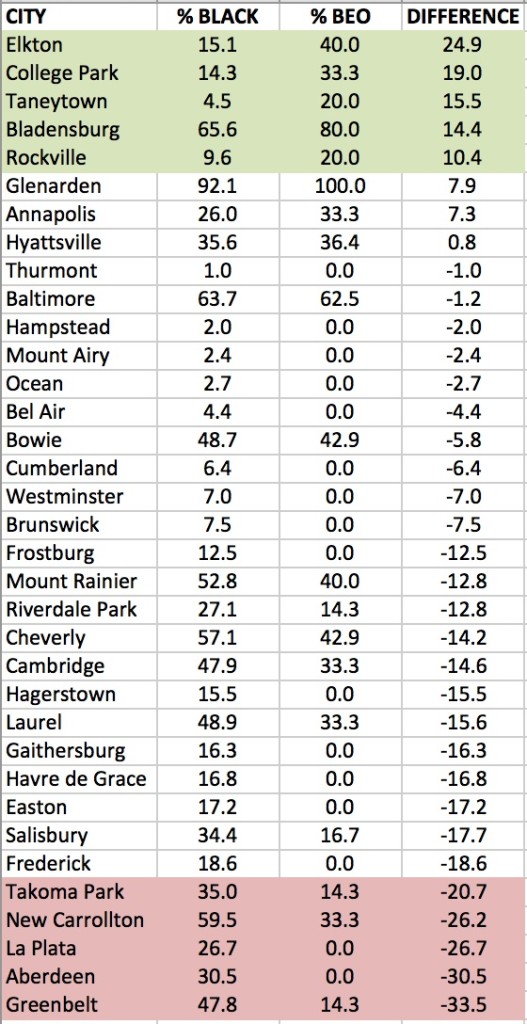By Adam Pagnucco.
Real estate agents in Takoma Park report that home values in the City have doubled in the last month as local candidates swarm in to buy houses. “I’ve never seen anything like it,” said local realtor Walt Simonson. “They say they want to win their next election and they’re beating out all other bids!”
The candidate frenzy is driven by a surge of media coverage about Takoma Park’s dominance of the County Council. City residents occupy three of the four at-large seats. Also, Congressman Jamie Raskin, Comptroller Peter Franchot and DNC Chairman Tom Perez live in Takoma Park. As a result, a home in the City is seen by many as locking down a victory for elected office.
“If I can just get that house on Poplar Avenue, I know I’m gonna win,” said County Council candidate Evan Glass, who was relocating from Silver Spring. When shown data illustrating that the city’s dominance of the council was temporary, Glass didn’t believe it. “Fake news! I believe in winning. Don’t you?”
Some incumbents who represent districts in other parts of the county are renting second homes in Takoma Park just to increase their chances of reelection. Your author witnessed District 17 Delegate Kumar Barve, who is facing a challenger, signing a lease for a Maple Avenue apartment. On being asked what he was doing, Barve replied to your author, “None of your business!”
Political observers believe that Takoma Park residents will win ten council seats in the upcoming election. That’s noteworthy since there are only nine council offices at present. “We are installing a tenth council position reserved for Takoma Park. It will have veto power over the other council seats,” said Seth Grimes, a former City Council Member running for County Council. “In the unlikely event you elect non-City residents to the other seats, it won’t matter. But good luck anyway!”
Takoma Park’s dominance of local government is manifest in the regular shipments of gold bullion it receives, all stamped with the Montgomery County Government seal. When your author noticed a new shipment being unloaded into the city’s treasury vault, Mayor Kate Stewart said, “You’re not supposed to see that.” Workers proceeded to drape tarps over the bullion as it was hauled in.
The City is greatly aided in its mission to control world politics by its Takoma Park Political Domination School, established in 1890. Enrollment in the school is mandatory for all residents. Students are taught the fine arts of door-knocking, money-raising (except from developers), campaign rhetoric and opposition to conservatives. Many residents enroll their children in the school shortly after birth. “We start them young,” said employee Flo Steinberg, who works in the school’s Political Daycare Center. Two-year-old Marcy was seen receiving language training from Steinberg. “Liberal,” said Steinberg. “Lib-wuhl,” replied Marcy. “No, no. Lib. Err. Al.” The school’s success is proven by U.S. Census Bureau data indicating that 82% of Takoma Park’s residents are current, former or future elected officials. The other 18% are recent arrivals.
Xerxes Z-1, commandant of Galactic Fleet 26 from Planet X, agreed that the City dominated Earth politics. “When we came to this planet, we did not go to the White House. We are not interested in discount golf club memberships, financial transactions with Russian oligarchs or Cheetos. We asked to be taken to your leaders and of course that meant coming to Takoma Park.” The alien commander spoke from the grounds of the Takoma Park Political Domination School, where he had enrolled immediately upon reaching Earth.


